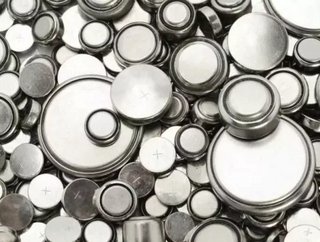The growing demand for lithium

The global demand for Lithium is on the up, worldwide demand for finished Lithium is around 160,000 tons a year. It is expected to rise to 400,000 to 500,000 per year over the next decade.
According to data from USGS, worldwide lithium production increased slightly in 2015 as a result of an increased demand for battery applications – of which lithium is a key component.
Batteries, specifically rechargeable batteries, have been identified as the largest potential growth area for lithium compounds with the demand for these far outweighing that of other rechargeable ones. Demand is also on the rise as automobile companies have entered the market, developing lithium batteries for electric and hybrid electric vehicles.
- Mineral-sourced lithium regained market share and was estimated to account for one-half of the world’s lithium supply in 2015 – which was 32,500 Mt.
- Rechargeable lithium batteries are used extensively in the growing market for portable electronic devices and increasingly are used in electric tools, electric vehicles, and grid storage applications. Lithium minerals were used directly as ore concentrates in ceramics and glass applications worldwide.
As for world mine production and reserves of lithium, the three powerhouses as listed in the report are:
- Australia leads the charge with 13,400 Mt production of lithium, with 2,000,000 in lithium reserves. Chile comes ins a close second, with 11,500 Mt of lithium and 7,500,000 in reserves. And the third largest producer is China, with 2,200 Mt in production and 3,200,000.
Three lithium producers from across the world:
The only lithium producer in North America is Lithium X, in Clayton Valley, Nevada. The Albermarle’s Silver Peak brine evaporation project, which has been the only lithium brine production in North America since 1966. Recent reports have revealed that Clayton Valley has an inferred resource of 816,000.
Lithium X also owns the Sal de Los Angeles project in the Salta Province, Argentina. It contains a Mineral Resource Estimate of 1,037,000 tonnes of lithium carbonated. Lithium X is focusing on becoming a low cost supplier for the burgeoning lithium battery industry, working with global battery giants like Panasonic, AESC, LG and BYD.
Australian lithium producers Pilbara Minerals own the Pilgangoora development project. The project contains the world’s second largest spodumene resource and one of the largest tantalite resources. With plans to become a leading low cost lithium supplier, a recent Ore Reserve estimate published in March this year revealed a 29.5 million tonnes of lithium oxide.
Shanghai China Lithium, founded in 2002, is a Chinese based lithium production company. The company produces an annual output of 600 tons of lithium dihydrogen phosphate; 3000 tons of Litium Carbonate, and 2500 tons of battery grade lithium hydroxide.
The September issue of Mining Global Magazine is here!
Follow @MiningGlobal
Get in touch with our editor Dale Benton at [email protected]
- CATL & YLB Partner to Trial Direct Lithium Extraction TechTechnology
- Rock Tech & BMI Group Red Rock join to process lithiumTechnology
- Joint venture to develop the UK's largest lithium depositSustainability
- Chile details national lithium strategy amid global demandSupply Chain & Operations






